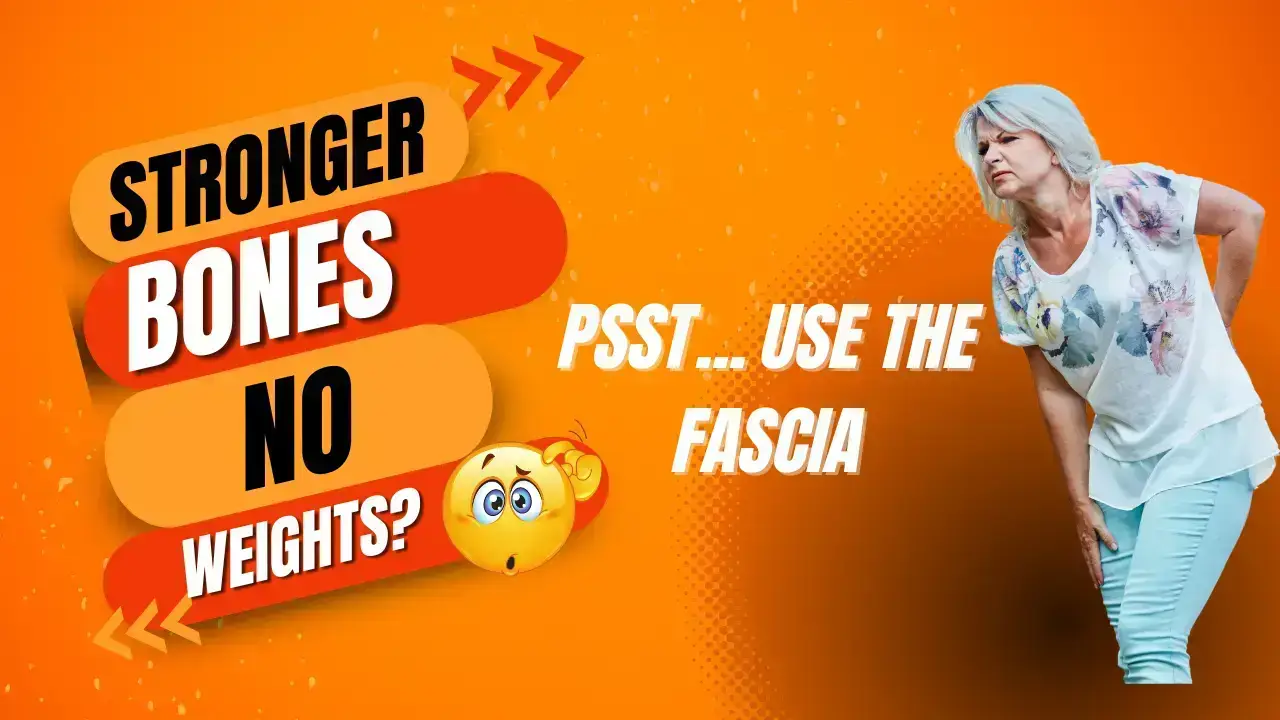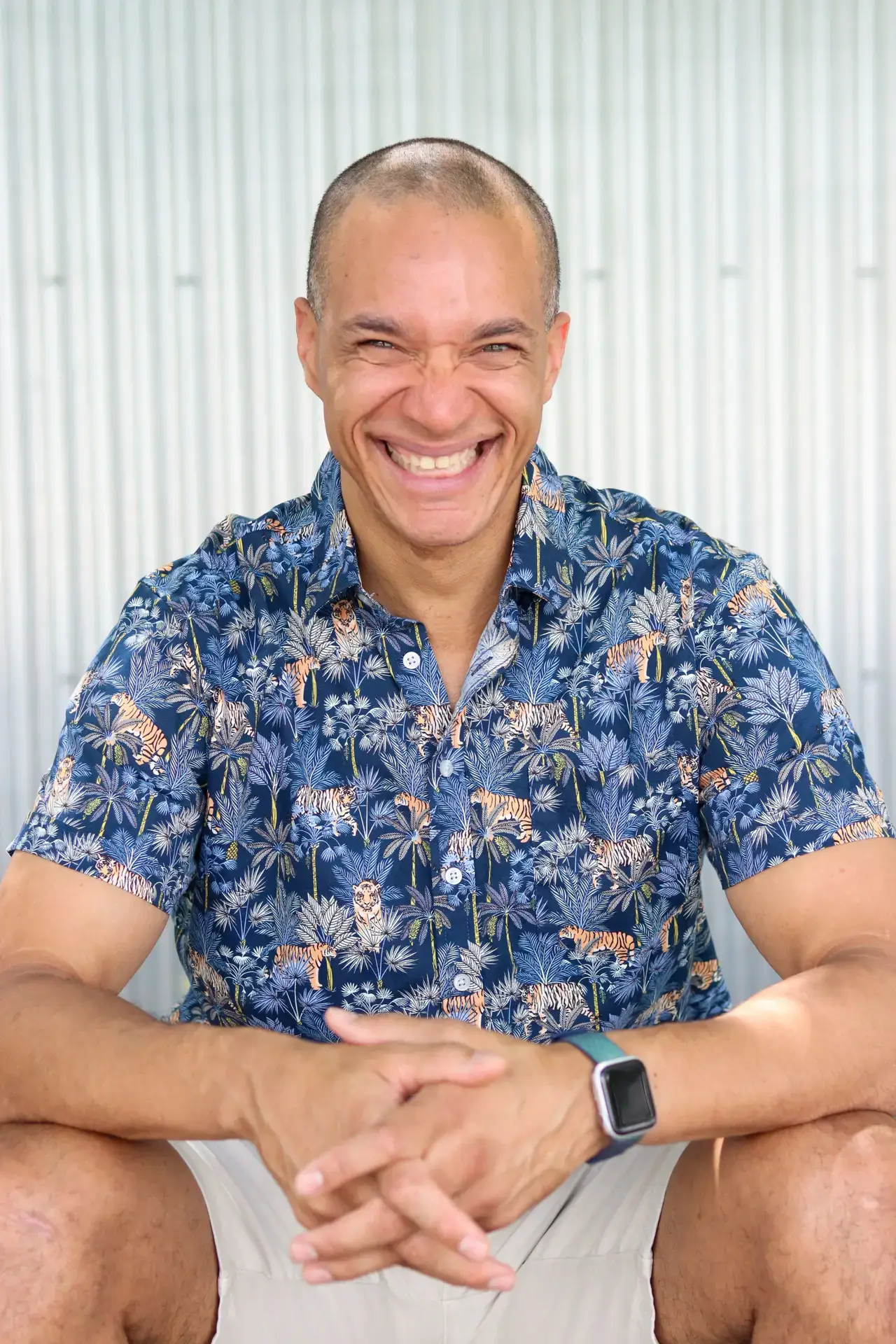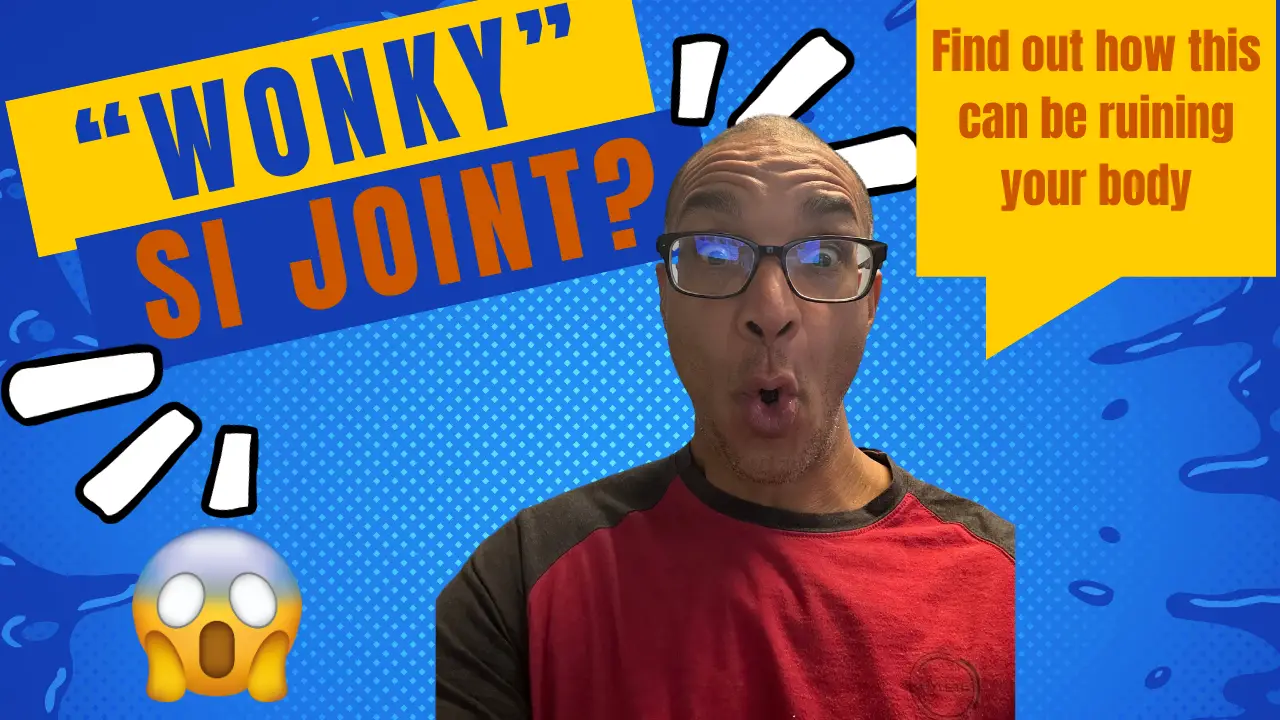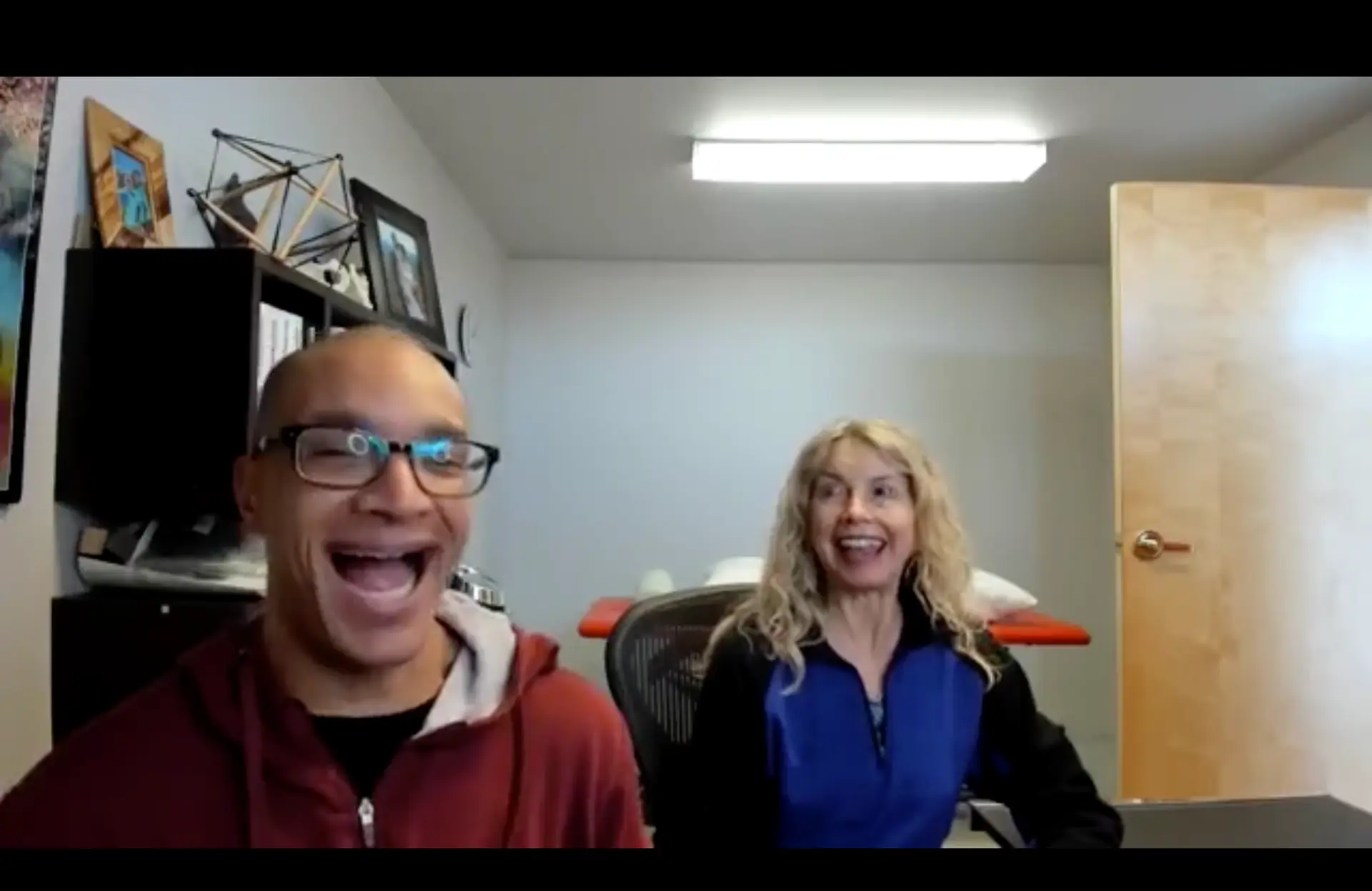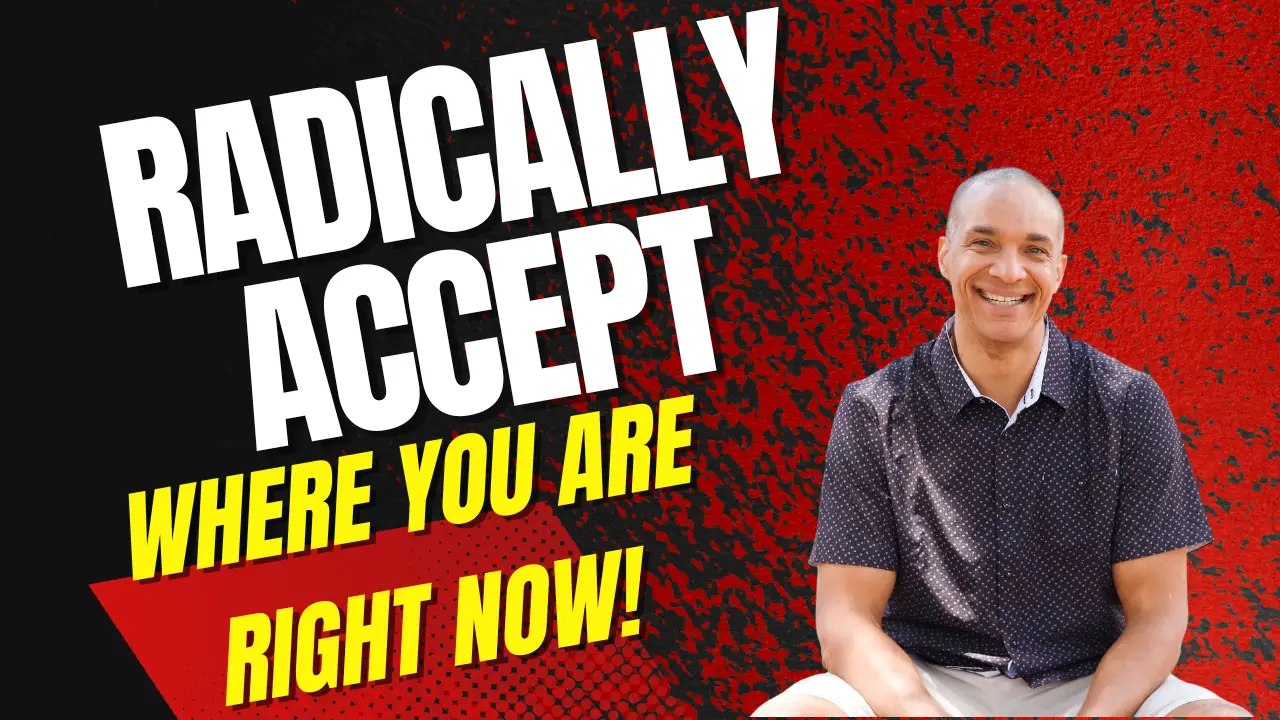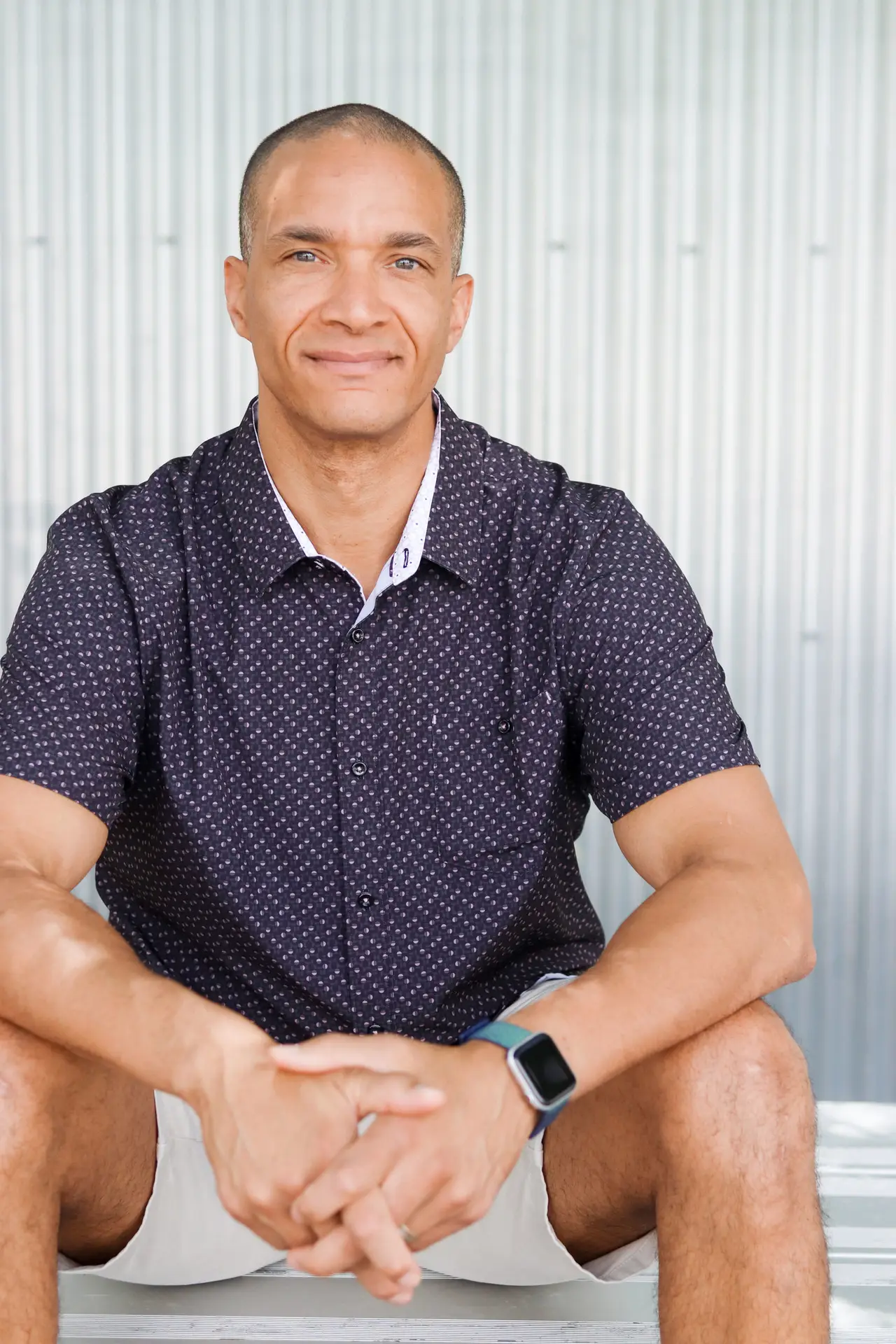
Why a Holistic Fitness Program Is the Real Solution
You can’t expect the current system to take care of you.The way most people approach fitness, health, and recovery simply doesn’t lead to the results they expect. We’ve been taught to: But the biggest gap is right at the beginning—what kind of movement you’re doing. Not all activity is helpful. In fact, what you do


